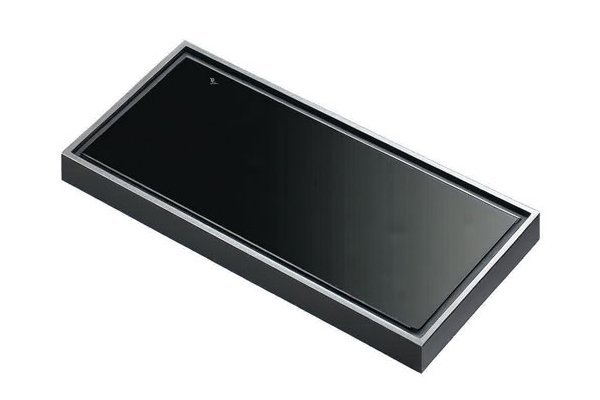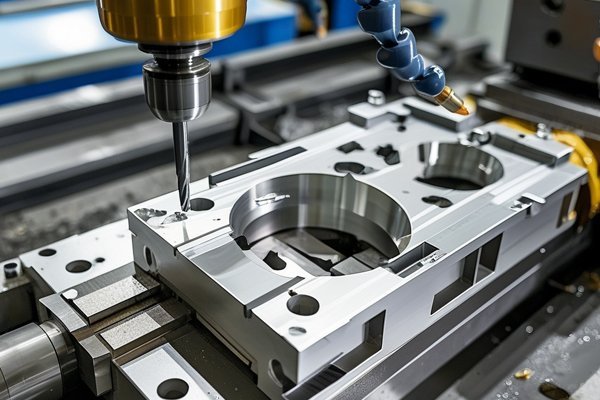Did you know that even a minor deviation of just 0.001 inches in machining can lead to significant issues in the final product, adversely affecting durability and performance? In the world of CNC machining, particularly for materials like brass, achieving precision is not just a goal—it’s a necessity. This blog delves into the intricacies of improving machining accuracy and surface quality in CNC machining of brass turning parts, offering meticulous insights and effective solutions.
Understanding the Importance of Machining Accuracy and Surface Quality
Brass is a popular metal choice for various applications due to its excellent machinability, corrosion resistance, and aesthetic appearance. In industries ranging from automotive to electronics, the demand for high-quality brass components is ever-increasing. However, the challenge lies in maintaining the machining accuracy and surface quality required to meet stringent industry standards.
When CNC machining brass, factors such as tool selection, cutting parameters, tool wear, and thermal effects significantly influence the final product’s quality. A well-optimized machining process not only enhances accuracy and surface finish but also reduces production costs, scrap rates, and lead times.
Key Strategies for Improving Machining Accuracy and Surface Quality
Tool selection is critical in achieving optimal results in CNC machining. High-speed steel (HSS) and carbide tools are popular choices; however, the specific application and brass alloy play a pivotal role in the decision process.
Investing in high-quality tools and regularly inspecting their condition can prevent issues related to tool wear and ensure continuous machining accuracy.
The effectiveness of CNC machining hinges on well-calibrated cutting parameters, including cutting speed, feed rate, and depth of cut.
Using CNC simulation software can aid in evaluating the effects of different cutting parameters, allowing for precise adjustments prior to actual machining.
Effective cooling and lubrication are vital in CNC machining to reduce thermal expansion and maintain dimensional stability.
Implementing these cooling techniques not only improves the machining process but also prolongs the life of the tools used.

Tool wear is inevitable in CNC machining, influencing both accuracy and surface finish. It’s crucial to monitor tools closely and replace or resharpen them as needed to avoid having a negative impact on part quality.
Investing in advanced CNC technologies such as multi-axis machining and adaptive machining can significantly improve machining accuracy and surface finish.
The precision of CNC machines is heavily reliant on their calibration. Regular checks and adjustments are essential to ensure that machines operate within specified tolerances.
After machining, parts can undergo a variety of finish treatments to further enhance their surface quality.
In summary, enhancing machining accuracy and surface quality in CNC machining of brass turning parts encompasses several critical strategies, including selecting appropriate tools, optimizing cutting parameters, maintaining proper cooling and lubrication, monitoring tool wear, adopting advanced technologies, ensuring regular calibration, and utilizing post-machining treatments.
In an increasingly competitive landscape, understanding and implementing these strategies are imperative for manufacturers who aim to deliver quality brass components that meet and exceed customer expectations. By focusing on precision and surface quality, businesses not only improve their overall production efficiency but also solidify their reputation in a demanding market.
For anyone engaged in CNC machining, these insights are worth considering to enhance production quality and efficiency. Remember, in the world of precision manufacturing, every detail matters. Investing time and resources to refine your processes can lead to substantial improvements in the final product quality and overall profitability.



